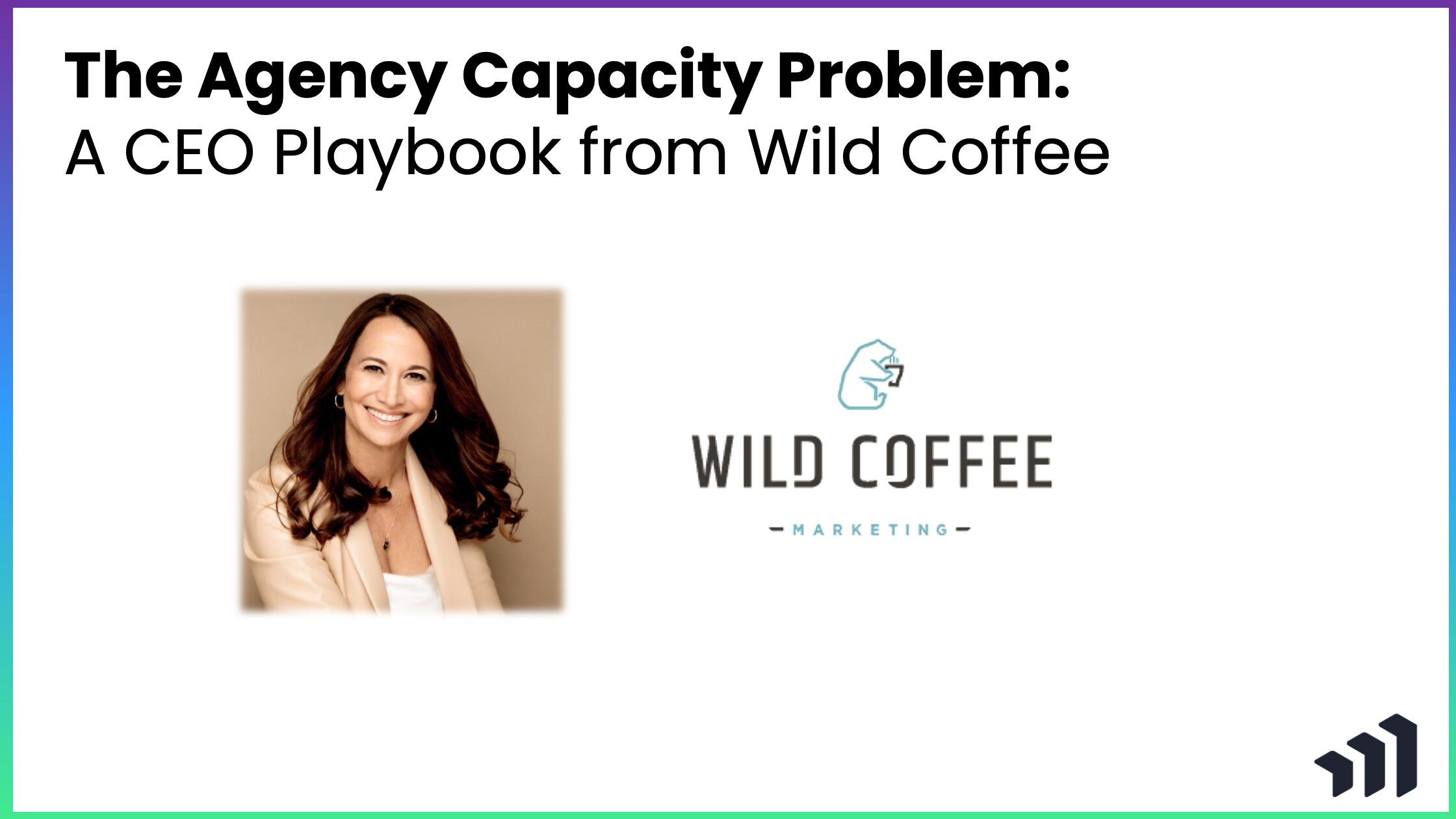
The Agency Capacity Problem: A CEO Playbook from Wild Coffee
Planning for 2026 doesn't need to be complex. You can start today with methods and habits that work.

Planning for 2026 doesn't need to be complex. You can start today with methods and habits that work.

At some point, every agency has the same quiet panic moment: a great looking project lands, and someone asks if the right people are actually available next month. The tools are fine. They are just being asked to do a job they were never built to do.

January is the month where agency plans look clean and achievable. The real test is whether that plan still holds once delivery pressure hits, scope creeps, and capacity gets uneven in March, June, and beyond.

At some point, every agency has the same quiet panic moment: a great looking project lands, and someone asks if the right people are actually available next month. The tools are fine. They are just being asked to do a job they were never built to do.

Planning for 2026 doesn't need to be complex. You can start today with methods and habits that work.

January is the month where agency plans look clean and achievable. The real test is whether that plan still holds once delivery pressure hits, scope creeps, and capacity gets uneven in March, June, and beyond.
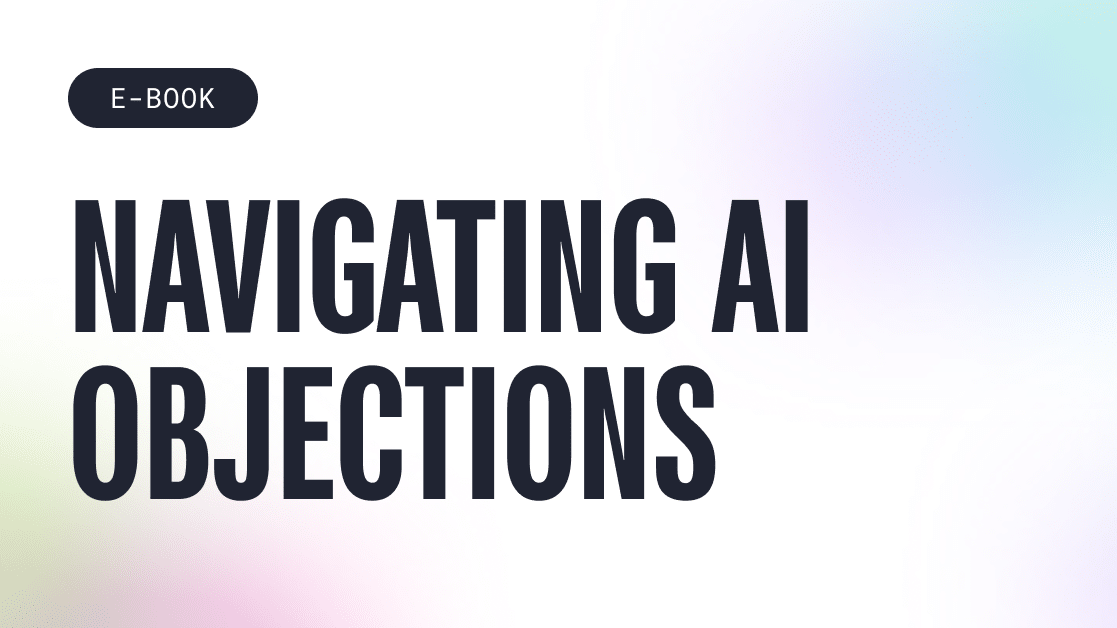
Clients asking about AI? Learn how to confidently answer their toughest questions on pricing, delivery, privacy, and value.
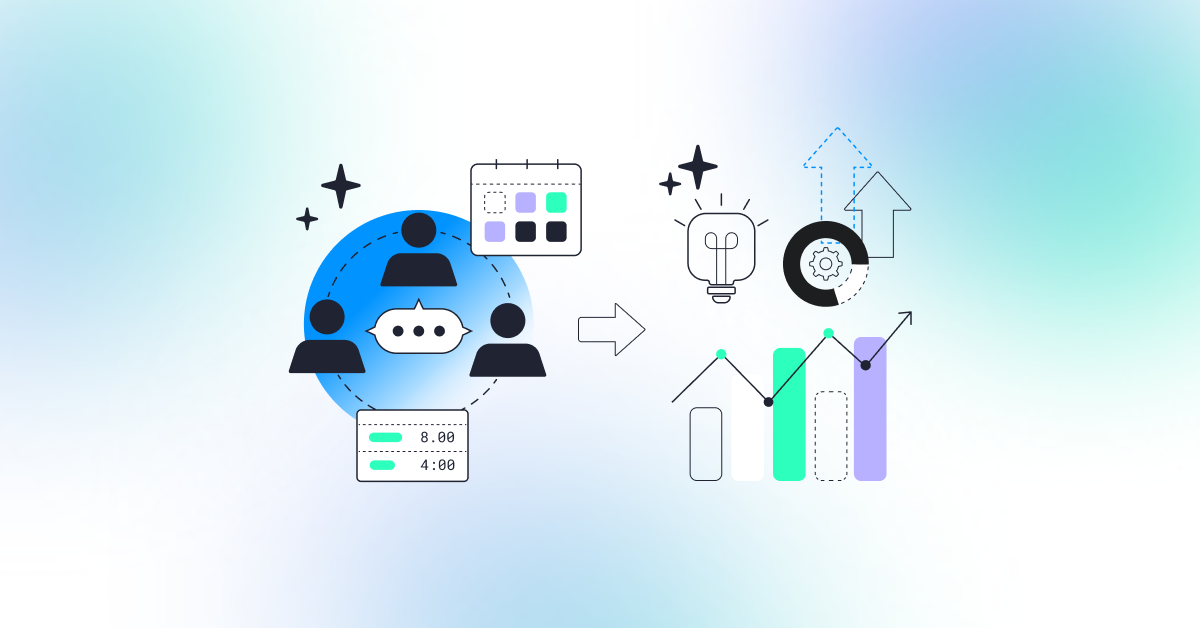
Why Parallax, why now. Callum Broderick shares the industry reality and the shift agencies need toward proactive resourcing, utilization clarity, and smarter growth.

Discover 4 ways agencies can align sales and operations for smoother project delivery, stronger client handoffs, and sustainable growth.

How are agencies actually using AI right now? That’s what we explored in our recent webinar with Parallax VP of…
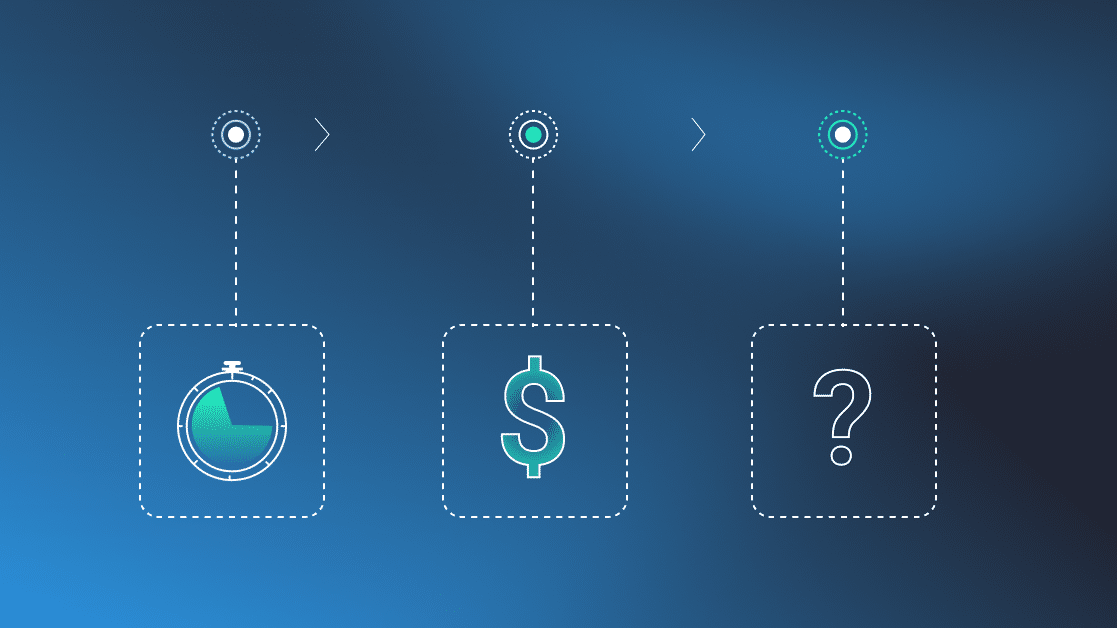
Agency pricing models are under more pressure than ever. Not because clients are being difficult, but because the traditional effort-based…
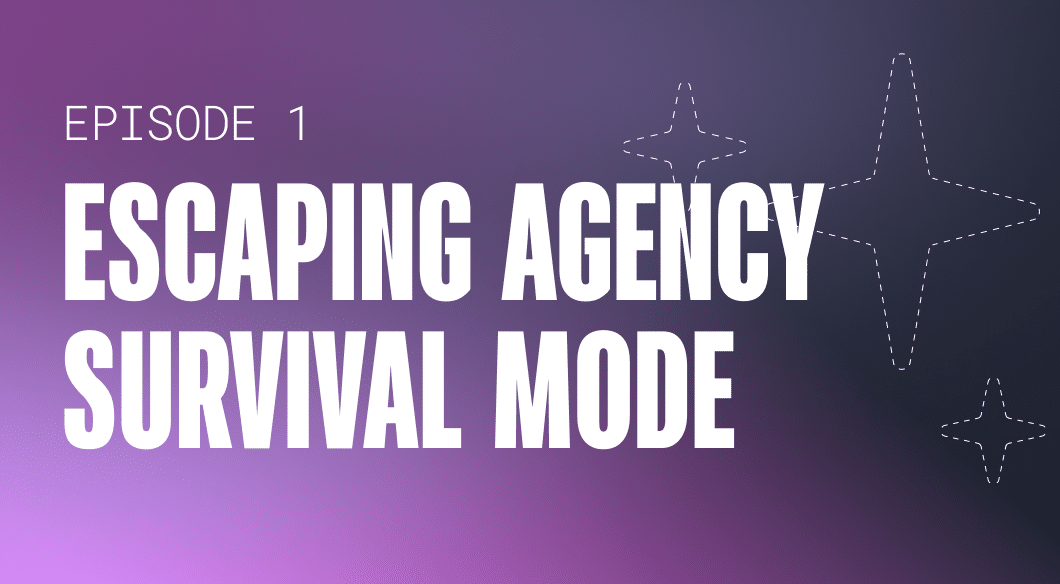
If you’re running an agency and it feels like every month is a scramble to stay afloat — you’re not…